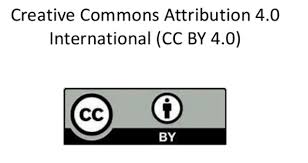Addressing Sex and Gender Bias in COVID-19 Epidemiology in Bangladesh
DOI:
https://doi.org/10.47440/JAFE.2021.2121Keywords:
COVID-19, SARS-CoV-2, Sex, Gender, ACE2, TMPRSS2Abstract
Sex and gender are recognized as a vital factor in the infectious disease epidemiology, and disease outcomes, and these two factors also appear to hold for severe acute respiratory syndrome (SARS-CoV-2) infection. Evidence from COVID-19 infection in Bangladesh showed that a variation number of cases and deaths between the sex differences in immune responses to viruses and gender related risk factors among the male and female, but more severe outcomes in aged men of cases and deaths in 31~40 and 61~70 years respectively than female. However, the previous research dataset in the different parts of world evidenced that the men's are vulnerable compare to women's. Similar trends to observe in Bangladesh datasets in COVID-19 epidemiology. Male and female represented 71% and 29% of total reported confirmed COVID-19 cases in Bangladesh, respectively. Moreover, different levels of angiotensin converting enzyme 2 (ACE2) and transmembrane protease serine 2 (TMRSS2) enzymes play important role in COVID-19 infection of men and women. In addition, the effects of testosterone on ACE2 levels and the presence of ACE2 genes on the specific X-chromosome should not be ignored. In fine, this mini-review focuses on sex and gender variations in patients with an infectious disease of COVID-19 epidemiology in Bangladesh. The information of sex differences and age dependence might contribute to proper management and treatment of COVID-19 in Bangladesh.






 Publisher:
Publisher: 